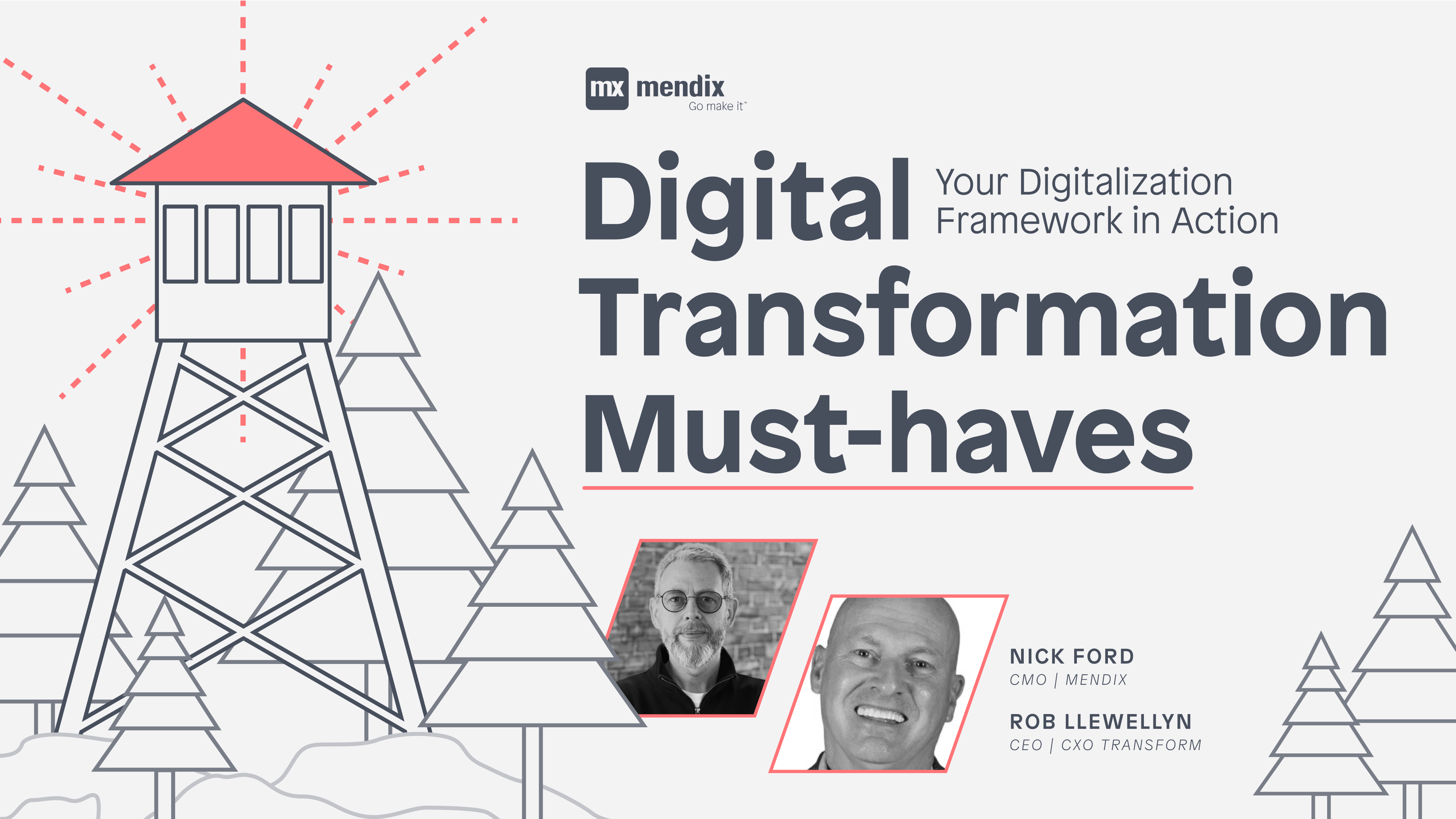What’s Your Definition of Digital Transformation?

If I came up to you today and asked you to define the term digital transformation, what would you say?
Are you having trouble? It’s a bit unorthodox, but try applying these numbers to your definition:
87, 7, 73.
These are not winning lottery numbers or the numbers from Lost. Here’s a quick rundown:
- 87 percent of companies say they have skill gaps (per McKinsey)
- No less than seven aspects of an operating model need to be touched in order to increase the likelihood of a successful redesign of a product (McKinsey)
- Companies that perform best have employee engagement levels of 73 percent
Your digital transformation framework—the means through which you’ll reach your digital transformation strategy–stems from how you define your organization’s digital transformation. There are so many variables from organization to organization, employee to employee, industry to industry, that using a framework that’s based on a vague definition is likely to land you among the 70% of organizations that fail at digital transformation.
What’s the secret to the success of getting your framework out of the PowerPoint and into reality?
Reframe the definition question: What’s your organization’s definition of digital transformation? And then add a follow-up: Have your executives, workforce, and partners understood and bought into it?

The Numbers behind Digital Transformation
Let’s dive into those numbers a little more.
An 87% skills gap would certainly hinder any business’s attempt at digital transformation. That’s not even identifying what those gaps are. Filling those gaps and getting folks on board with a digital transformation plan is no small task, either. But it’s worth it: Organizations, according to Gallup, that have employee engagement levels of 73% tend to perform way better. But then again, you need a plan to keep those employees actively engaged.
So, what do you do? Create a framework or an operating model? Something that turns strategic intent into operational capabilities. If your digital transformation definition is vague, your strategy will be too, and your operating model becomes useless. According to McKinsey, you need no less than seven aspects of your operating model to succeed at the strategy it’s supporting. What are those aspects? Well, that depends on your organization.
Merriam Webster Defines Digital Transformation…
You can begin to see where defining your digital transformation is one of the first dominoes you need to push.
A well-defined digital transformation helps you create a refined framework that identifies the skill gaps you need to fill to help accomplish your strategy. An org-specific framework can help turn disengaged employees into active participants in your strategy. The more you know about your plan, the more aspects you can identify in your operating model.
Many companies struggle with their digital transformation frameworks because they struggle to carve out their own definition. For over 20 years, I’ve been guiding organizations toward realizing their digital transformations. In this on-demand webinar, we discuss how to write your organization’s definition and put into practice a sound digital transformation strategy, as well as gain buy-in from your organization.